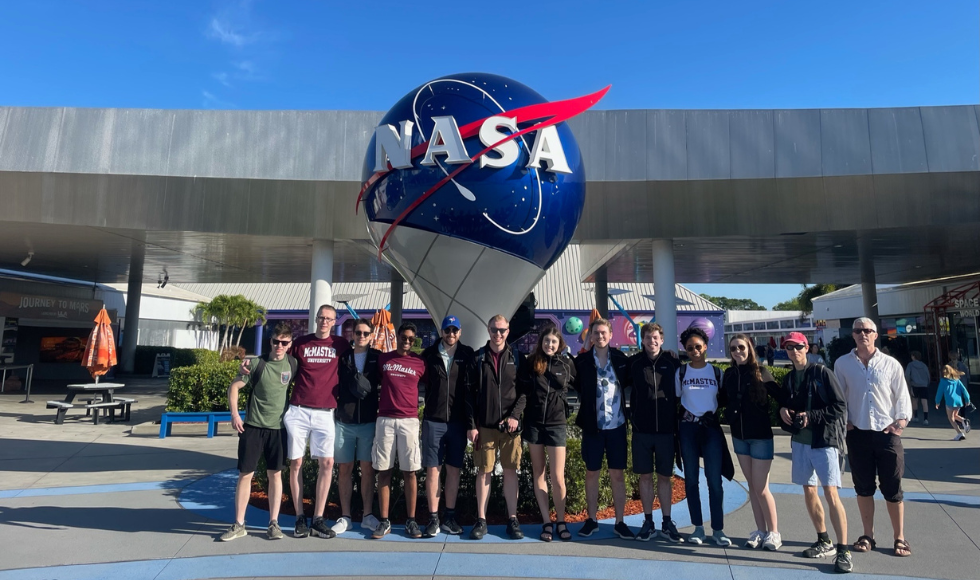March 9, 2023
Inside McMaster’s first space mission

Eight years. 150 students. One game-changing idea.
This is the story of NEUDOSE, a state-of-the-art satellite and radiation detector that is set to launch aboard a SpaceX rocket on March 14.
Its purpose: to help us understand the harmful effects of space radiation.It’s also the story of big dreams, bold ideas and hundreds of McMaster students, researchers, alumni and community members coming together to make space exploration safer for humans.
McMaster teams up with NASA, SpaceX, CSA for an out-of-this-world learning experience
Students from McMaster’s NEUDOSE satellite team describe what launch day meant to them and how the project prepared them for a future in the aerospace industry.
McMaster satellite lifts off from Kennedy Space Center
The NEUDOSE satellite was launched into space aboard a SpaceX rocket bound for the International Space Station, where it will be deployed by astronauts. Get the highlights of the launch here.
Shooting for the stars: How a team of researchers and students built McMaster’s first space mission
When humans venture outside Earth’s atmosphere, they’re exposed to dangerous levels of radiation. In 2015, McMaster’s Andrei Hanu had an idea about how to address it. Here’s what happened next.
Getting set to launch a satellite into space
“If you had told me when I was five years old that I would’ve launched something into space, I would’ve said that you’ve been dreaming.” NEUDOSE team members on anticipating a moment eight years in the making:
Why study space radiation? To keep astronauts safe
Researchers behind the NEUDOSE satellite explain how something barely the size of a loaf of bread promises to be a game-changing tool in space exploration.
Meet the team that built McMaster’s first satellite
How does it feel to know the satellite you built is about to blast off into orbit? We asked some of the NEUDOSE team members who are in Florida for the launch.
Ask a McMaster expert: How does the NEUDOSE satellite work?
Andrei Hanu is the co-Principal Investigator of the NEUDOSE mission and a McMaster graduate. Here, he answers questions about how the team’s satellite works and explores the impact NEUDOSE will have on the world of space travel. Read here.

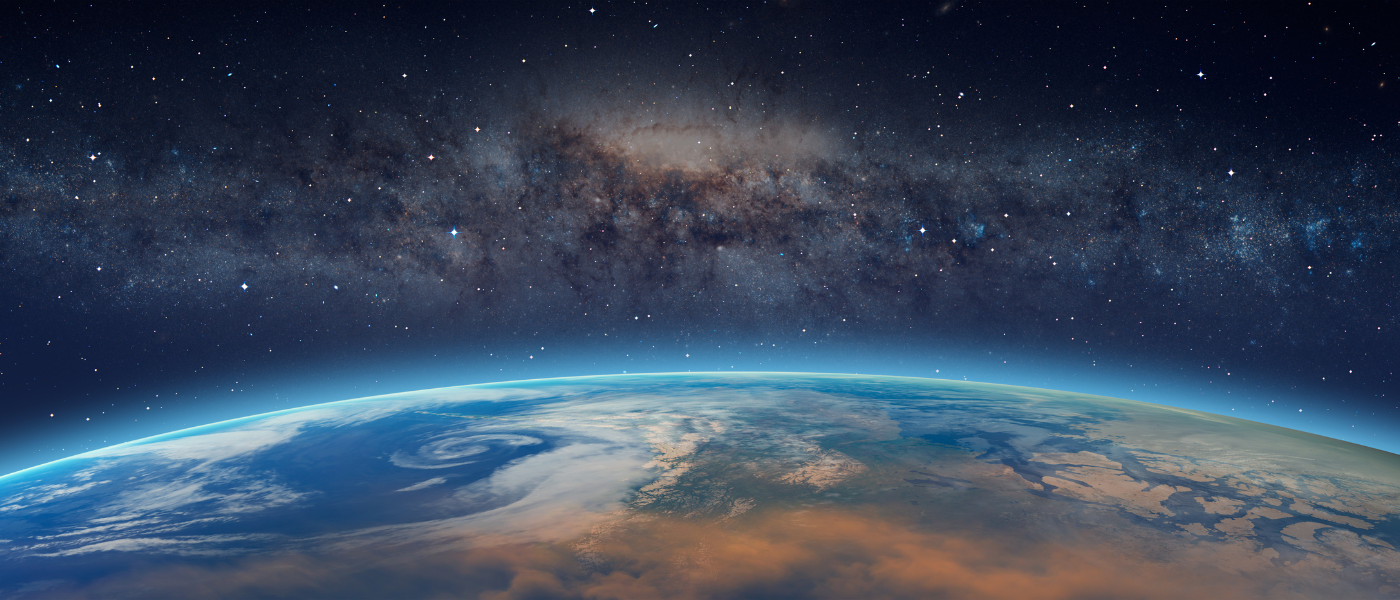
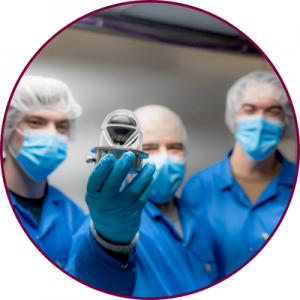 Toronto Star: McMaster’s first satellite heading into orbit to measure harmful space radiation
Toronto Star: McMaster’s first satellite heading into orbit to measure harmful space radiation
Read the article here.
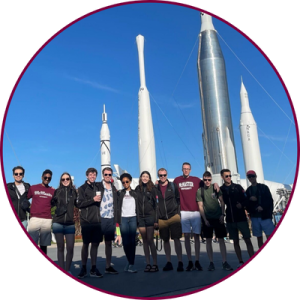 CBC: Canadian university students in Florida for satellite launch
CBC: Canadian university students in Florida for satellite launch
Watch the interview here.
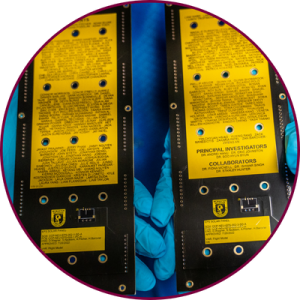 The Hamilton Spectator: McMaster’s first satellite heading into orbit to measure harmful space radiation
The Hamilton Spectator: McMaster’s first satellite heading into orbit to measure harmful space radiation
Read the article here.
 Global News: Satellite built at McMaster University set for Florida launch on SpaceX shuttle
Global News: Satellite built at McMaster University set for Florida launch on SpaceX shuttle
Read the article here.
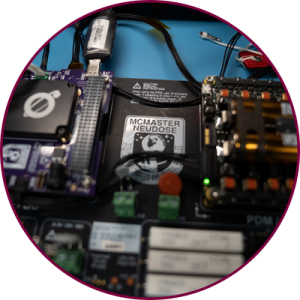 CHCH: Satellite built at McMaster set for launch on SpaceX shuttle
CHCH: Satellite built at McMaster set for launch on SpaceX shuttle
Read the article here.
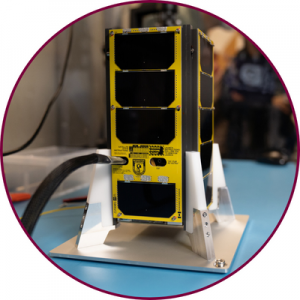 CBC Hamilton: McMaster students set for Florida launch of their satellite, after developing it for years
CBC Hamilton: McMaster students set for Florida launch of their satellite, after developing it for years
Read the article here.

The James Webb Space Telescope: Engineering researcher Andrew Gadsden answers 5 questions
What is the James Webb Space Telescope? Why are its images so much better than the Hubble images? And what can we learn from them? Gadsden, a mechanical engineering associate professor, shares some insight into the space-based telescope. Read here.
Surgery professor harnesses space-age tech to detect cancer
Anvari, a professor of surgery, is at the forefront of a project to develop robot-assisted biopsy and diagnostics for breast cancer, using technology first pioneered on the space shuttle’s Canadarm. Read here.
Mechanical engineering professor Andrew Gadsden leads McMaster collaboration with NASA
 Associate professor Andrew Gadsden and his award-winning team built and programmed a robotic telescope mount instrument subsystem for NASA’s air-LUSI project to measure moonlight. Read here.
Associate professor Andrew Gadsden and his award-winning team built and programmed a robotic telescope mount instrument subsystem for NASA’s air-LUSI project to measure moonlight. Read here.


